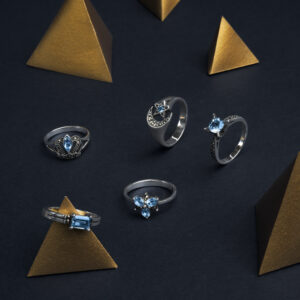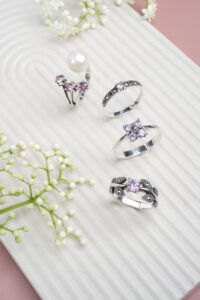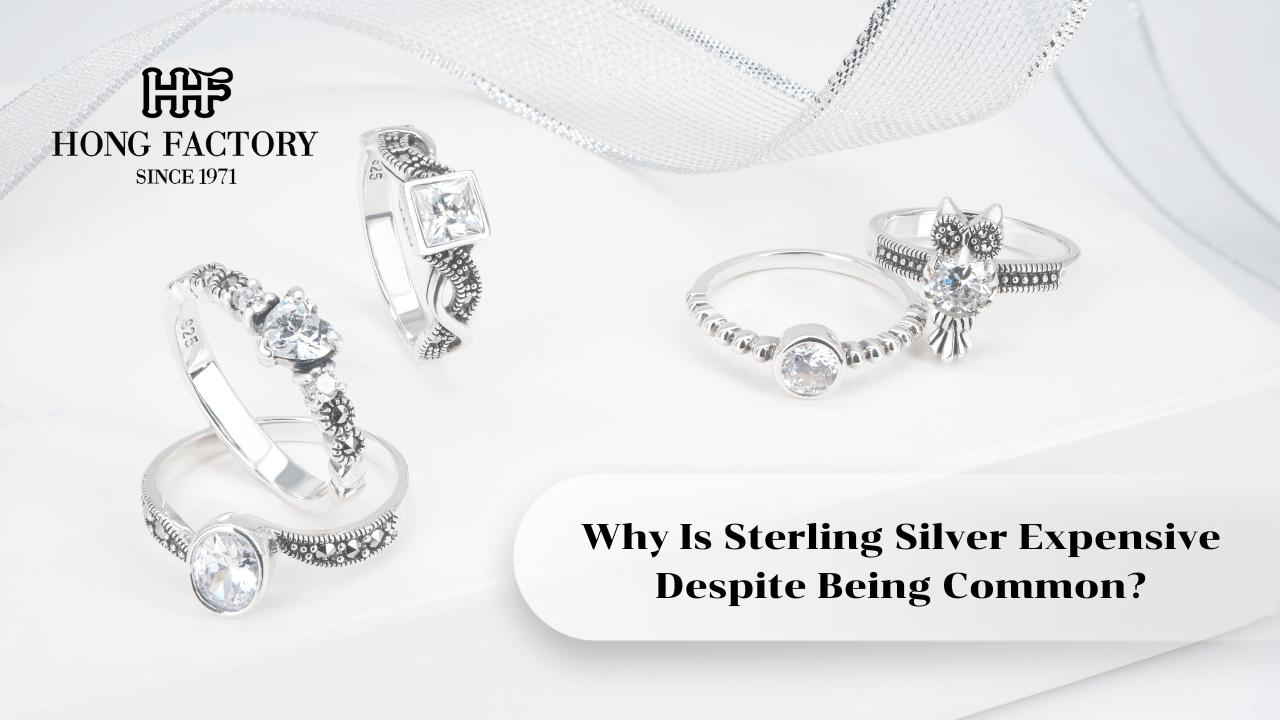Sterling silver is one of the most popular metals used in jewelry, home décor, and fashion accessories. It’s admired for its bright shine, timeless charm, and ability to fit both luxury and casual styles. Yet, many people wonder if sterling silver is so common, why does it still carry a relatively high price? The answer lies in its purity, craftsmanship, and lasting value that make it more than just a common material. Is sterling silver real
What Is Sterling Silver?

Sterling silver is an alloy made of 92.5% pure silver and 7.5% copper or other strengthening metals. This combination enhances durability while retaining silver’s natural luster. Each genuine piece of sterling silver is marked with the hallmark “925,” confirming its quality and authenticity.
Though silver is not as rare as gold or platinum, its appeal lies in its versatility, workability, and beauty. These attributes make sterling silver a top choice for artisans and jewelers worldwide.
Is Sterling Silver Expensive?
The question “Is Sterling Silver Expensive” is common among jewelry buyers. While it may not reach the price of gold or platinum, sterling silver is still considered a precious metal and its cost reflects more than just availability. Factors such as design complexity, hand-finishing, market demand, and long-term durability all influence its final price.
Key reasons sterling silver remains expensive despite being common include:
- Material quality: It contains a high percentage of pure silver, a valuable commodity.
- Artisan craftsmanship: Skilled silversmiths refine and shape each piece with precision.
- Processing and finishing: Polishing, anti-tarnish coating, and gemstone setting increase costs.
- Market volatility: Silver prices fluctuate based on global demand and mining output.
- Longevity: Well-crafted sterling silver can last a lifetime, adding to its overall worth.
In short, while sterling silver is accessible, the artistry and effort behind creating premium pieces make it a metal of enduring value.
The Role of Craftsmanship
One of the main reasons sterling silver jewelry can be expensive is the craftsmanship involved. Unlike mass-produced alloys, sterling silver pieces often require skilled labor to mold, carve, and polish each design. Even a simple ring or pendant may undergo multiple steps casting, filing, soldering, and polishing to achieve a flawless finish.
Luxury brands and independent artisans alike invest significant time and resources into ensuring each piece showcases perfection. This level of dedication naturally raises production costs, reflected in the retail price.
Durability and Maintenance
Despite its elegance, sterling silver is durable enough for daily wear. Its copper alloy component enhances strength, allowing it to resist bending or breaking. With proper care, sterling silver jewelry can maintain its shine for decades.
This longevity distinguishes it from cheaper materials like brass or aluminum, which lose their appearance quickly. Many consumers are willing to pay more for something that not only looks beautiful but also lasts a lifetime.
Comparison with Other Metals

While sterling silver is more common than gold or platinum, it still ranks as a precious metal. The mining, refining, and processing of silver require extensive labor and resources. Moreover, the global price of silver is determined by supply and demand, similar to other valuable commodities.
Compared to base metals like stainless steel or brass:
- Sterling silver has intrinsic market value and a luxurious aesthetic.
- Stainless steel is cheaper and durable but lacks the elegance and shine.
- Brass or alloy jewelry may tarnish quickly and cause skin irritation.
Thus, sterling silver’s higher price reflects both its intrinsic worth and its superior appearance.
Market Demand and Fashion Trends
Sterling silver’s popularity continues to grow due to its adaptability to various styles. Designers use it for minimalist jewelry, gemstone settings, and high-end fashion collections alike. This consistent demand keeps prices steady, even as new materials enter the market.
Silver is also viewed as an affordable luxury offering elegance without the extreme prices of gold. Because of this balance, the metal retains high value in both retail and wholesale markets.
The Value of Finishing and Design
Creating a beautiful sterling silver piece involves more than just shaping metal. Polishing, engraving, stone-setting, and coating all add to production costs. High-end manufacturers may also apply anti-tarnish layers or rhodium plating to enhance longevity and brilliance.
Additionally, custom or intricate designs often command higher prices. The more detailed and artistic the jewelry, the more labor and precision it requires making it a premium product even if the raw material is relatively common.
Longevity and Resale Value
Sterling silver is an investment in both beauty and durability. It can be repaired, resized, and restored, unlike plated jewelry that loses its finish over time. Furthermore, sterling silver retains resale value because it contains genuine precious metal content.
Collectors and jewelry enthusiasts appreciate that well-maintained sterling silver pieces can appreciate in value, especially vintage or handcrafted designs.
While sterling silver may be more common than gold, its cost reflects craftsmanship, purity, and enduring value rather than rarity alone. From its meticulous production process to its long-term durability, every aspect of sterling silver jewelry adds to its appeal and worth.
So, when you see a sterling silver piece that costs more than expected, remember you’re not paying just for the metal. You’re investing in artistry, quality, and timeless beauty that continues to shine through generations.
